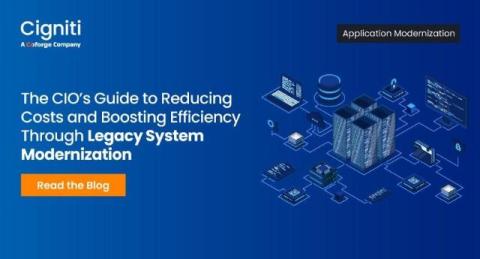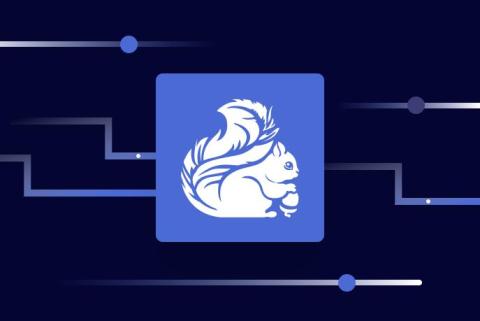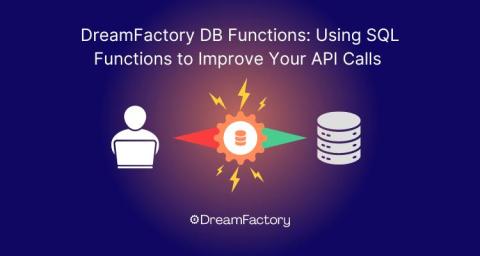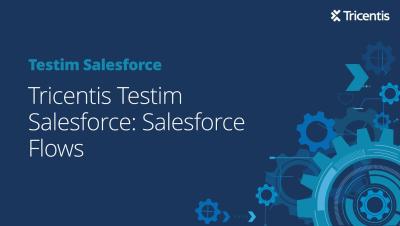Understanding the X12 Format
The X12 format is a fundamental part of electronic data interchange (EDI). Businesses rely on digital communication, so using standardized formats like X12 to communicate internally and with your business partners is more important than ever.











